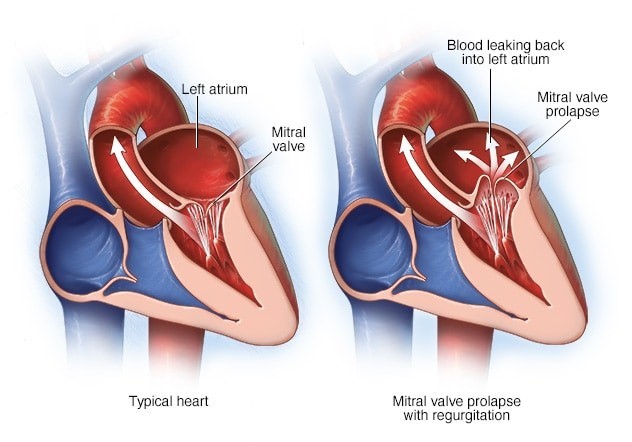Complications of sustained hypertension include which of the following?
Retinal damage
Stroke
Renal disease
All of the above
The Correct Answer is D
Sustained hypertension can lead to several complications, including damage to the blood vessels in the retina (retinopathy), increased risk of stroke, and damage to the kidneys (renal disease). Other potential complications include heart disease, peripheral arterial disease, and cognitive impairment. It is important to manage hypertension through lifestyle modifications and medication to prevent these complications.
Nursing Test Bank
Naxlex Comprehensive Predictor Exams
Related Questions
Correct Answer is C
Explanation
Mitral stenosis refers to a narrowing of the mitral valve, which is located between the left atrium and the left ventricle. This narrowing can cause incomplete emptying of blood from the left atrium into the left ventricle during diastole (relaxation phase) of the cardiac cycle. This can lead to increased pressure in the left atrium and pulmonary circulation, causing symptoms such as shortness of breath, fatigue, and pulmonary con

Correct Answer is D
Explanation
Sustained hypertension can lead to several complications, including damage to the blood vessels in the retina (retinopathy), increased risk of stroke, and damage to the kidneys (renal disease). Other potential complications include heart disease, peripheral arterial disease, and cognitive impairment. It is important to manage hypertension through lifestyle modifications and medication to prevent these complications.
Whether you are a student looking to ace your exams or a practicing nurse seeking to enhance your expertise , our nursing education contents will empower you with the confidence and competence to make a difference in the lives of patients and become a respected leader in the healthcare field.
Visit Naxlex, invest in your future and unlock endless possibilities with our unparalleled nursing education contents today
Report Wrong Answer on the Current Question
Do you disagree with the answer? If yes, what is your expected answer? Explain.
Kindly be descriptive with the issue you are facing.
